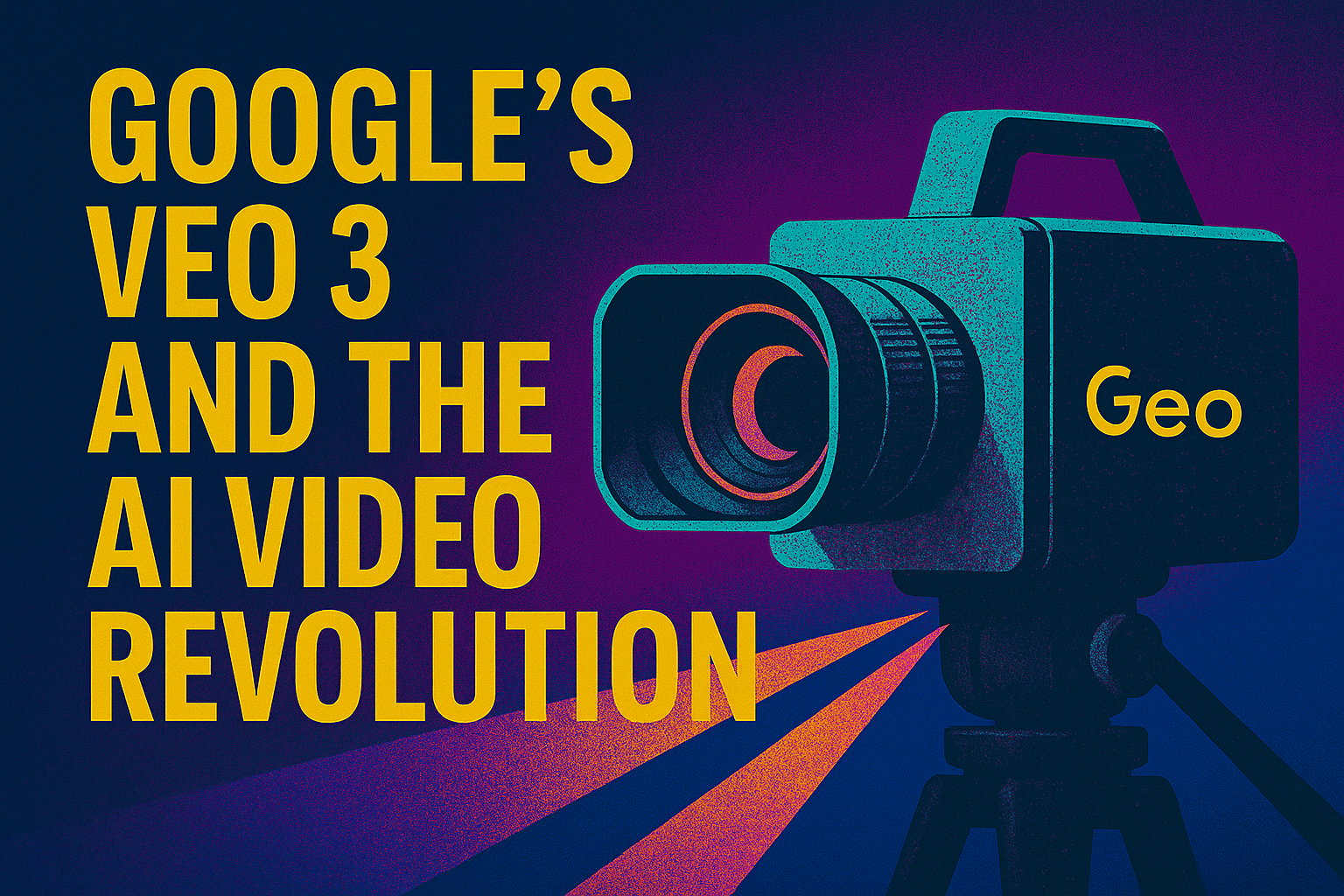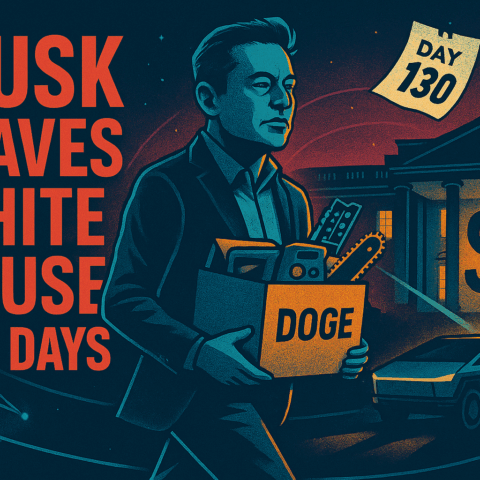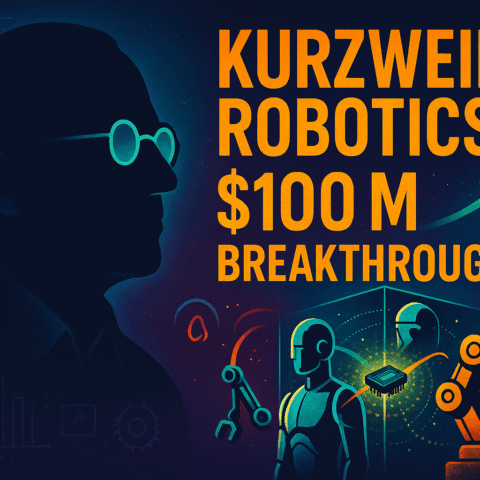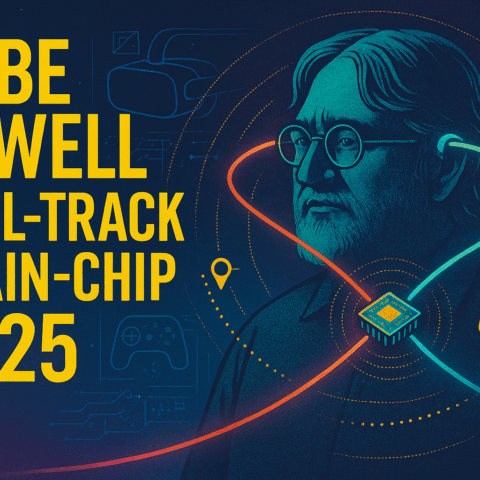Google’s Veo 3 has emerged as the most technically advanced AI video generation model available in 2025, becoming the first to generate synchronized audio alongside video content. CNBC +2 Released at Google I/O 2025 (May 20-21), Veo 3 marks what Google DeepMind CEO Demis Hassabis calls “the end of the silent era of video generation.” Axios +5 With 4K resolution capabilities, native audio synthesis, and advanced physics simulation, Veo 3 represents a significant leap forward Google DeepMind +3 – though at a premium price of $249.99 per month that limits accessibility. Mediaweek +3 The AI video generation market itself is experiencing explosive growth, valued at $614.8 million in 2024 and projected to reach $2.5-3 billion by 2032, with multiple competitors vying for dominance across different use cases and price points. Fortunebusinessinsights
The technical breakthrough that changes everything
Google’s Veo 3 distinguishes itself through revolutionary native audio generation – a capability no competitor currently matches. TechRadarTechCrunch The system generates dialogue, sound effects, ambient noise, and background music automatically synchronized with video content, including advanced lip-syncing technology that maintains accuracy across multiple languages. Axios +4 This audio integration transforms AI video from a visual-only medium into a complete audiovisual experience.
The technical specifications reveal Veo 3’s superiority in several key areas. The model supports up to 4K resolution (4096×2160 pixels), Google DeepMindVEO 3 significantly higher than OpenAI Sora’s 1080p limit Stewart Gauld +2 or Runway Gen-3’s 720p standard output. SlashdotGoogle Standard video lengths range from 5-8 seconds, Google Cloud but the integration with Google’s Flow filmmaking tool enables scene stitching for extended content reaching several minutes. The system demonstrates exceptional prompt adherence and physics simulation, understanding complex real-world interactions better than any current competitor. Axios +5
Veo 3’s advanced features include professional cinematography controls (dolly, zoom, pan, tracking shots), character consistency maintenance across multiple shots, and reference-powered video generation that allows users to upload images for style and character consistency. Slashdot +2 Every generated video includes SynthID watermarking – invisible markers that identify AI-generated content for transparency and safety. Google DeepMind +4
Competitive landscape reveals diverse approaches
The AI video generation market has evolved into distinct tiers serving different needs. OpenAI’s Sora, released publicly in December 2024, Wikipedia offers up to 20-second videos at 1080p resolution Openai +2 but lacks audio generation entirely. AxiosOpentools Despite strong visual quality and integration with ChatGPT, users report that only 25% of generated clips are immediately usable, Geeky Gadgets with physics simulation remaining a significant weakness. WikipediaWindows Central Sora’s pricing ranges from $20/month (Plus) to $200/month (Pro), Openai +2 positioning it as a premium option without Veo 3’s audio capabilities. AxiosOpentools
Runway Gen-3 Alpha has emerged as the professional filmmaker’s choice, Resemble AI offering comprehensive video-to-video capabilities Runwayml and the innovative Multi Motion Brush feature allowing independent control of up to 5 motion areas. Tom’s Guide +4 At $95/month for unlimited access, AI Filmmaking Forum Runway excels at cinematic control Axios but users report frequent “prompt disobedience” where the system fails to follow instructions accurately. Runwayml The platform’s strength lies in its 30+ AI tools for video creation and editing, Resemble AI making it more of a complete production suite than a single generation tool. Runwayml +3
Kling AI represents the value proposition in the market, offering 1080p video at 30fps for $5-46/month. LummiTopview Users praise its excellent realistic motion and physics simulation, with particularly strong lip-syncing capabilities. The system can generate videos up to 2 minutes in length, MyscaleTopview though generation speeds need improvement. LummiAnalytics Vidhya For budget-conscious creators seeking quality output, Kling provides the best balance of features and affordability.
Pika Labs targets the entry-level market with a free tier and paid plans AICompetence from $8-60/month. PikartaiPika Labs AI Its Scene Ingredients feature allows precise control by building videos piece-by-piece with reference images. Synthesia +2 While limited to shorter clips and lower resolutions than premium competitors, Pika’s accessible interface and community-driven development make it popular among social media content creators and small businesses.
Real-world adoption patterns and use cases
Industry adoption reveals clear patterns across different sectors. 80% of content creators now incorporate AI tools in their workflows, with video creators leading at 54% adoption rates. Digiday Marketing agencies use these tools for rapid prototyping and social media content, while enterprises leverage them for training materials and internal communications. The most successful implementations combine AI generation with traditional production workflows rather than attempting full replacement.
A pharmaceutical company created a professional-quality commercial for $500 using AI video generation – compared to a traditional $500,000 budget. Techradar Educational institutions report 30% higher engagement when using AI-generated video content versus text-based materials. synthesia Film studios, including Lionsgate’s partnership with Runway, Tom’s Guide use AI for pre-visualization and concept development, RunwaymlAxios though concerns about job displacement remain significant with an estimated 100,000+ film industry jobs potentially affected by 2026. TechCrunchRunwayml
Common workflows integrate multiple AI tools: creators typically use ChatGPT or similar for script generation, Midjourney for reference frames, their chosen video generation platform for primary content, and AI-powered editing tools for post-production. Switcherstudio This multi-tool approach reflects the current reality that no single platform excels at every aspect of video production.
Technical architecture and future developments
The underlying technology varies significantly between platforms. Veo models utilize extended 3D U-Net architectures with spatiotemporal attention mechanisms, while Sora employs Diffusion Transformer (DiT) architecture operating on spacetime patches. InfoQ +2 These architectural differences manifest in output quality and capabilities – Veo’s approach excels at physics simulation and temporal consistency, while Sora’s design enables variable aspect ratios and resolutions within a single model. Monica Blog
Hardware requirements for local deployment remain substantial. Professional-quality generation requires GPUs with at least 24GB VRAM (RTX 4090 or better), Puget SystemsPuget Systems though cloud-based services eliminate these requirements for end users. API availability varies, with Google offering Vertex AI integration for enterprise customers Google Cloud BlogGoogle Cloud while Runway provides comprehensive developer tools for custom applications. Google Cloud Blog
Future developments focus on extending video lengths, improving generation speeds, and enhancing creative control. Variety Google has announced plans for YouTube Shorts integration by late 2025 and global expansion beyond the current US-only availability. Mediaweek +2 The industry broadly pursues real-time generation capabilities and improved physics understanding, with particular emphasis on solving the persistent challenge of temporal consistency in longer videos.
Pricing strategies and accessibility challenges
The market exhibits clear pricing stratification. Veo 3’s $249.99/month positions it as the ultra-premium option, CNBC including 30TB storage and YouTube Premium but limiting access to serious professionals and enterprises. Mediaweek +3 This pricing reflects both the computational costs of 4K generation with audio and Google’s strategy to limit initial demand while scaling infrastructure.
Mid-tier options like Runway ($95/month unlimited) AI Filmmaking Forum and Sora ($200/month Pro) OpenaiGeeky Gadgets target professional content creators who need advanced features but find Veo 3’s pricing prohibitive. RunwaymlOpentools Budget options including Kling AI ($5-46/month) Topview +2 and Pika Labs (free tier available) AICompetence democratize access but with corresponding limitations in quality, features, or generation speeds. Pika Labs CommunityPika
The credit-based systems employed by most platforms create additional complexity. Sora charges 200 credits for a 5-second 1080p video, with Pro users receiving 10,000 monthly credits Stewart Gauld – enough for approximately 50 high-quality short clips. AxiosStewart Gauld This model forces users to carefully manage their usage, potentially limiting experimentation and learning.
Ethical considerations shape industry evolution
The rapid advancement of AI video generation raises significant ethical concerns. 96% of deepfakes are pornographic content, predominantly targeting women without consent. Orfonline The technology’s potential for creating misleading political content, identity theft, and non-consensual explicit material has prompted regulatory responses worldwide. Orfonline
The European Union’s AI Act, which entered force August 1, 2024, mandates clear labeling of AI-generated content and requires copyright compliance for training data. Europa In the United States, over 40 states introduced AI-related legislation in 2024, though federal regulation remains absent following the Trump administration’s rescission of Biden’s AI Executive Order. NcslSIG
Industry self-regulation includes watermarking technologies like Google’s SynthID, content moderation systems, and strict usage policies. Google DeepMind +4 However, the cat-and-mouse game between generation and detection technologies continues, with perfect detection remaining elusive. The question of training data rights persists, with creators expressing concern about their work being used without compensation. TechCrunch
Market dynamics and investment trends
The AI video generation market’s 18-20% projected CAGR reflects massive investor interest. Fortunebusinessinsights Runway raised $141 million from Google, Nvidia, and Salesforce, while Pika Labs secured $135 million by June 2024. RunwaymlYahoo Finance This funding enables rapid development but also increases pressure for monetization, potentially explaining the high pricing of consumer-facing services.
Geographic distribution shows Asia-Pacific leading with 31.4% market share, though North America’s 40.6% share and 20.3% expected CAGR indicates strong Western growth. GrandviewresearchARTSMART AI Germany’s €5 billion government AI investment positions Europe for significant expansion, with the highest projected regional CAGR of 20.5%. Grandviewresearch
Consolidation trends suggest larger tech companies will acquire innovative startups, potentially reducing market diversity but accelerating integration with existing platforms. Google’s development of Veo 3 demonstrates how tech giants leverage their infrastructure advantages – vast computational resources, existing user bases, and integrated ecosystems – to compete with specialized startups.
Conclusion
Google’s Veo 3 represents both the current pinnacle of AI video generation technology and a glimpse of the industry’s trajectory. Its native audio generation, 4K resolution support, and advanced physics simulation set new standards that competitors will race to match. Axios +6 However, the $249.99 monthly price and US-only availability create significant barriers to adoption, DataCamp leaving room for competitors to capture different market segments. Pollo AI +2
Success in this rapidly evolving landscape requires matching tools to specific use cases rather than seeking a universal solution. Aitoolssme Professional filmmakers needing maximum quality and audio integration should consider Veo 3 despite its cost. Content marketers requiring volume and variety might find better value in Runway’s comprehensive toolset or Kling AI’s balance of quality and affordability. AitoolssmeAI Animation Small businesses and individual creators can start with Pika Labs’ free tier or InVideo’s template-based approach before upgrading as needs grow. Aitoolssme
The broader implications extend beyond tool selection. As AI video generation becomes increasingly sophisticated and accessible, traditional video production workflows will fundamentally change. Cybernews The technology’s potential for both creative empowerment and harmful misuse demands continued attention to ethical development, regulatory frameworks, and detection technologies. WebProNews Organizations and creators who thoughtfully integrate these tools while maintaining awareness of their limitations and responsibilities will be best positioned to benefit from this transformative technology.








